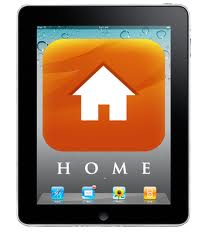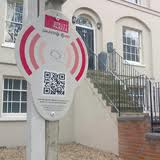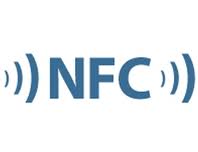 We often share ideas about new apps or websites; however, in this article, we will take a more comprehensive look at where real estate technology is headed.
We often share ideas about new apps or websites; however, in this article, we will take a more comprehensive look at where real estate technology is headed.
This big picture overview is inspired by an October 4, 2011 article posted by technology guru Charlie Gunningham on a site called B2 Business2—Real Estate News and Technology. Several excerpts are outlined below.
Social Networking Has Surpassed Email
a. Of the 107 trillion emails that were sent last year, 89% were spam. (Trend: email is dying, the younger gens don’t email anymore; they connect via social networks.)
b. There are 1.8 billion email accounts, compared to 3 billion social accounts. Social network accounts overtook email a year ago.
c. Social recommendations from friends have more clout than advertising.
d. 14% of people believe advertising works best while 90% believe personal recommendations in the social space (Trend: do less advertising, do more work in the social space)
e. 75% of people share a good recommendation with a friend.
Mobile Is What Matters- This Must Be A Priority For Your Website Development
a. 1 in 6 real estate queries are now via mobile sites. That’s 16% of real estate queries.
b. However, 4 in 5 businesses are not ready to service customers via mobile applications. That’s like being open for business only on Tuesdays!
c. Consumers love clicking to call – 60% of these searches result with a call to the business – and 60% of those who call actually visit the business.
d. Consumers are twice as likely to visit an agent site (when a mobile site is available)-yet most don’t have mobile sites set up.
The PC Era Is Shrinking While The Mobile “Touch” Communications Trend Is Ballooning
a. The “draw” tool on REALTOR.com’s iPad app allows the user to touch the screen and draw (with their finger) an area of the map in which interests them. The area shades in and properties fly in. An “InBox” listing the same properties opens on the left and you can interact with either.
Searching For Homes By Bedroom And Bathroom Count Is Being Replaced By Lifestyle Searches
a. With property searches, for example, few people know the ZIP Codes. People don’t start with bedrooms and suburbs – they are more interested in commute times, schools, and locations near a park. Consumers previously go off and seek this information and then get back to the portals to search for properties – now the portals and real estate websites need this information embedded. These sites will be the ones most widely used in the future.
Your Online Reputation Is Your New Business Identity – Learn How To Protect It
a. If you get a negative (comment), engage respectfully and see if you can make it right. If you solve the issue, the user will become your best advocate.
b. Deliver as many pages that you control as possible so you own the first few pages of Google.
This summary is just the tip of the proverbial iceberg. There are a lot more examples, resources and stats sited in the article “5 Emerging Technology Trends” by technology expert Charlie Gunningham. Check it out – it’s interesting, insightful and well documented. It just may help you to stay ahead of the crowd.
For more information, please join us at FirstPrestonHT.com or on our Facebook and Twitter pages.
![]() …it allows users to simply point their iPad or iPhone down a street they’re interested in. Then it automatically pulls up information on all the homes available for sale.
…it allows users to simply point their iPad or iPhone down a street they’re interested in. Then it automatically pulls up information on all the homes available for sale.![]() Minneapolis, MN (PRWEB) November 25, 2011.
Minneapolis, MN (PRWEB) November 25, 2011. According to a November 25 posting by PRWeb, a new search tool from a Minneapolis Real Estate brokerage has revolutionized the art of the hunt. The article states that, with the use of “augmented reality technology,” the app works by overlaying property information on the iPad or iPhone’s camera feed. It generates all the pertinent information home buyers need—price, square footage, and number of bedrooms and bathrooms, for example—and also includes a radar feature that (allows) prospective buyers to see properties for sale on other streets in the area. The house details appear as an overlay on top of the image of the house in the view finder.
According to a November 25 posting by PRWeb, a new search tool from a Minneapolis Real Estate brokerage has revolutionized the art of the hunt. The article states that, with the use of “augmented reality technology,” the app works by overlaying property information on the iPad or iPhone’s camera feed. It generates all the pertinent information home buyers need—price, square footage, and number of bedrooms and bathrooms, for example—and also includes a radar feature that (allows) prospective buyers to see properties for sale on other streets in the area. The house details appear as an overlay on top of the image of the house in the view finder.




